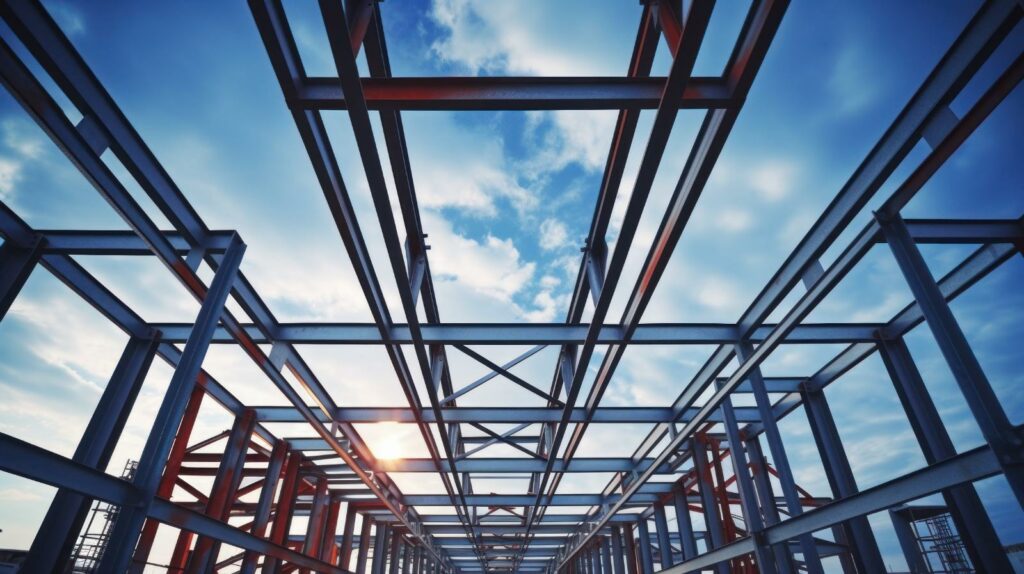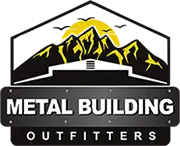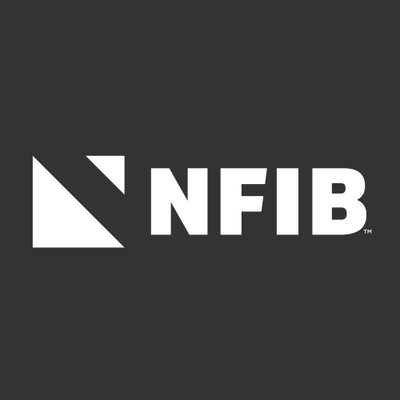
Contents
When constructing metal structures that need to stand the test of time without overspending, you’ll need to navigate the delicate balance between longevity and budget constraints. By strategically selecting materials and incorporating smart design choices, you can achieve durable structures that won’t drain your finances. Curious to uncover the secrets behind creating enduring metal structures while keeping costs in check? Stay tuned to discover practical tips and cost-effective solutions for your next building project.
Key Takeaways
- Opt for recycled steel for eco-friendly and cost-effective structures.
- Implement energy-efficient design strategies to reduce long-term costs.
- Choose green roofing solutions like vegetated roofs or solar panels.
- Prioritize high-quality materials for durability on a budget.
- Regular maintenance and proactive upkeep ensure longevity and cost savings.
Benefits of Low-Maintenance Metal Buildings
When constructing metal buildings on a budget, opting for low-maintenance features can greatly reduce long-term upkeep costs. Cost savings are a significant advantage of choosing low-maintenance materials for your metal building project. By selecting materials that require minimal upkeep, you can save on maintenance expenses over the lifespan of the structure. Additionally, low-maintenance features can contribute to the overall durability of the building, providing long-term benefits that go beyond just cost savings.
Durability benefits are another key aspect of low-maintenance metal buildings. Materials that require less maintenance often have enhanced durability, which can prolong the lifespan of the structure. This increased durability can help the building withstand harsh weather conditions, resist corrosion, and maintain its structural integrity over time. By choosing low-maintenance materials for your metal building, you’re investing in a structure that’s built to last.
Factors Affecting Metal Building Costs
Factors influencing metal building costs encompass material selection, design complexity, and site preparation requirements. When considering the cost of a metal structure, it’s important to prioritize factors that can keep your project budget-friendly.
Material Selection: Opting for cost-effective materials is important in managing expenses. Factors such as the type of metal used, its durability, and availability can greatly impact the overall cost. Choose budget-friendly materials without compromising quality to guarantee a durable and economical structure.
Design Complexity: The complexity of the design directly affects the cost of a metal building. Elaborate designs with intricate details or non-standard shapes often require more materials and labor, driving up the overall expenses. Simplifying the design while maintaining functionality can help in reducing costs without sacrificing aesthetics.
Site Preparation Requirements: Site preparation plays an essential role in determining the cost of a metal building project. Factors like land clearing, foundation work, utility connections, and accessibility can impact the overall budget. Understanding and carefully planning for site-specific requirements can help in avoiding unexpected costs and staying within budget constraints.
Tips for Designing Affordable Metal Structures
When designing affordable metal structures, consider cost-effective design strategies and material selection tips to optimize your budget.
By focusing on efficient design elements and choosing materials wisely, you can create a sturdy structure without overspending.
Implementing these strategies from the outset will help you achieve a cost-effective metal building that meets your needs within your budget constraints.
Cost-Effective Design Strategies
To achieve cost-effective metal structures, consider implementing efficient design strategies that prioritize affordability without compromising structural integrity. When designing your metal structure, keep in mind the following tips:
Opt for Budget-Friendly Finishes: Choose finishes that are cost-effective yet durable to enhance the longevity of your metal structure without breaking the bank.
Incorporate Sustainable Construction Techniques: Utilize sustainable construction practices such as efficient insulation, natural lighting, and energy-efficient systems to reduce long-term operational costs and promote environmental responsibility.
Streamline Design Complexity: Simplify the design of your metal structure to minimize material waste and construction time, ultimately saving on labor and material expenses.
Material Selection Tips
Consider incorporating cost-effective material options to optimize the affordability of your metal structure without compromising its quality and durability.
When selecting materials, prioritize budget-friendly finishes that offer long-term protection against corrosion and wear. Sustainable options like recycled steel can be both environmentally friendly and cost-effective.
Evaluate the balance between durability and cost by choosing materials that provide the necessary strength without unnecessary expenses.
Don’t overlook aesthetic considerations; some finishes can mimic more expensive materials, giving your structure a high-end look without the corresponding price tag.
Importance of Regular Maintenance for Durability
Regular maintenance is a key factor in ensuring the durability of metal structures. Neglecting regular upkeep can greatly reduce the lifespan of your metal building. To maintain the longevity of your structure, here are three important maintenance benefits to keep in mind:
Prevent Corrosion: Regular inspections allow you to identify signs of corrosion early on. By promptly addressing any rust spots or damage to the protective coating, you can prevent corrosion from spreading and weakening the metal over time. Applying rust-resistant coatings or paints can also help extend the life of your metal structure.
Ensure Structural Integrity: Routine maintenance tasks such as checking for loose bolts, inspecting welds, and monitoring the overall condition of the building can help maintain its structural integrity. Identifying and repairing any structural issues promptly can prevent larger problems down the line, keeping your metal structure safe and stable.
Safeguard Against Environmental Factors: Metal structures are exposed to various environmental factors like extreme weather conditions, UV radiation, and pollutants. Regular maintenance, such as cleaning the surface to remove dirt and debris, can help protect the metal from environmental damage. Additionally, inspecting the drainage systems and ensuring proper ventilation can prevent water buildup and corrosion.
Comparing Costs of Different Metal Building Materials
Comparing the costs of various metal building materials is vital for making informed decisions on constructing cost-effective structures. When considering cost comparison, it’s important to evaluate not only the initial outlay but also the long-term savings that come with material durability.
Steel, for example, boasts a high strength-to-weight ratio, making it a cost-effective choice for projects where structural integrity is paramount. While the initial cost of steel may be higher than other materials, its durability and low maintenance requirements can result in significant savings over time.
Aluminum, on the other hand, is lightweight and corrosion-resistant, making it an ideal option for structures located in coastal or industrial areas where exposure to salt or chemicals is a concern. While aluminum may have a higher upfront cost compared to steel, its longevity and resistance to rust can lead to reduced maintenance expenses in the long run.
Galvanized steel is another popular choice known for its durability and resistance to corrosion. Although the initial cost of galvanized steel may be slightly higher than untreated steel, its extended lifespan and minimal maintenance needs make it a cost-effective option for many construction projects.
Strategies for Reducing Long-Term Maintenance Expenses
When aiming to lower long-term maintenance costs for metal structures, implementing cost-effective maintenance strategies is important.
Make smart choices that enhance the longevity of the structure, reducing the need for frequent repairs.
Cost-Effective Maintenance Strategies
To optimize cost efficiency in maintaining metal structures, consider implementing proactive maintenance measures to reduce long-term expenses. Here are three cost-effective strategies to help you keep your metal structures in top condition without breaking the bank:
Budget-Friendly Coatings: Invest in high-quality coatings that provide long-lasting protection against corrosion and wear. Look for options that offer good value for money and require minimal maintenance over time.
DIY Maintenance Techniques: Learn simple do-it-yourself maintenance techniques such as regular cleaning, inspection, and minor repairs. By staying proactive and addressing issues early on, you can prevent costly damage and prolong the lifespan of your metal structures.
Scheduled Inspections: Establish a routine schedule for thorough inspections to identify any potential issues before they escalate. Early detection can save you significant amounts on repairs and guarantee the longevity of your metal structures.
Longevity Through Smart Choices
Consider implementing strategic material selection and design choices to maximize the longevity of your metal structures and minimize long-term maintenance expenses. Making smart investments in high-quality materials upfront can greatly reduce the need for costly repairs down the line.
Opt for corrosion-resistant metals like stainless steel or galvanized steel to prevent deterioration over time. Additionally, design your structures with proper drainage systems to avoid water accumulation, a common cause of metal degradation.
Incorporating budget-friendly solutions such as regular inspections and proactive maintenance schedules can help detect issues early on, preventing them from escalating into more expensive problems. By being mindful of these factors and planning ahead, you can guarantee the durability of your metal structures while keeping long-term maintenance costs in check.
Eco-Friendly Options for Cost-Effective Metal Structures
For cost-effective metal structures that are environmentally friendly, utilizing recycled steel and implementing energy-efficient design strategies can greatly reduce the environmental impact of construction projects. When aiming for eco-friendly options within budget constraints, consider the following:
3 Eco-Friendly Options for Cost-Effective Metal Structures:
Recycled Steel: Opt for recycled steel as the primary material for your metal structure. Recycled steel retains its strength and durability, making it an excellent sustainable choice. Not only does it reduce the demand for new steel production, but it also minimizes waste in landfills, contributing to a more circular economy.
Energy-Efficient Design Strategies: Incorporate energy-efficient design principles into your metal structure. This can include features like proper insulation, energy-efficient windows, and utilizing natural lighting to reduce the overall energy consumption of the building. By maximizing energy efficiency, you not only lower operational costs but also decrease the structure’s carbon footprint.
Green Roofing Options: Consider green roofing solutions such as vegetated roofs or solar panels. Green roofs provide insulation, reduce stormwater runoff, and create a habitat for wildlife. Solar panels offer a renewable energy source that can help offset electricity costs over time. Both options enhance the sustainability of the metal structure while offering long-term environmental benefits.
Longevity of Custom Metal Building Designs
Enhance the durability and structural integrity of custom metal building designs through strategic material selection and proactive maintenance practices. When aiming for longevity in custom metal building designs, the choice of materials plays an essential role. Opt for high-quality steel or aluminum to guarantee structural integrity over time. These materials are renowned for their strength and resistance to corrosion, which are vital factors in prolonging the lifespan of your metal structure.
In addition to material selection, custom finishes can also contribute significantly to the longevity of your metal building. Custom finishes not only enhance the aesthetic appeal of the structure but also provide an added layer of protection against environmental elements. Consider powder coating or specialized paint finishes to create a durable barrier that shields the metal from rust and weathering.
Regular maintenance is key to preserving the longevity of custom metal building designs. Inspect the structure periodically for signs of wear or damage, and address any issues promptly to prevent further deterioration. Implementing a proactive maintenance routine, such as cleaning the exterior, checking for loose connections, and applying protective coatings as needed, can help extend the lifespan of your custom metal building.
Review
When constructing long-lasting metal structures on a budget, remember to prioritize cost-effective design strategies and material selection.
By choosing durable materials, implementing sustainable construction techniques, and planning for regular maintenance, you can guarantee the longevity of your structure without overspending.
Keep in mind that ‘penny wise, pound foolish’ – investing wisely in the beginning will save you from costly repairs in the future.
Stay vigilant and your metal structure will stand the test of time.
Recent Posts
What Are Your Options for Agricultural Metal Storage?
When you’re exploring agricultural metal storage options, it’s crucial to take into account the various
How to Choose Versatile Agricultural Metal Structures
When you’re considering versatile agricultural metal structures, it’s essential to start by evaluating your specific
Analyzing Costs of Custom Metal Buildings: A Guide
When it comes to custom metal buildings, costs can be like a puzzle waiting to


